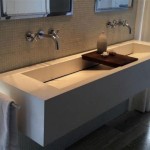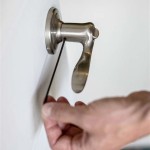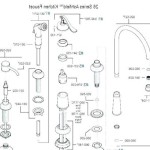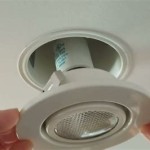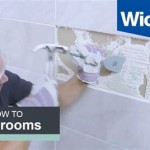Bathroom Floor Edging Ideas
Bathroom floor edging is a crucial detail that can significantly enhance the overall design and functionality of the space. Not only does it define the boundaries of the flooring, but it also prevents water damage, adds visual appeal, and creates a polished look. Choosing the right edging solution is paramount, as it needs to complement the existing décor, withstand moisture, and be easy to clean.
Types of Bathroom Floor Edging
There are various types of bathroom floor edging options available, each with its unique advantages and disadvantages. Understanding these differences is crucial for making an informed decision.
1. Metal Edging
Metal edging is a popular choice for its durability and stylish appearance. It is typically made of stainless steel, brass, or aluminum, which are resistant to corrosion and easy to maintain. Metal edging comes in various finishes, including polished, brushed, and antique, allowing for customization to suit different styles.
2. Ceramic Tile Edging
Ceramic tile edging is a traditional and cost-effective option. It offers a seamless transition between the floor and walls, creating a cohesive and visually appealing look. Ceramic tile edging is readily available in a wide range of colors, patterns, and sizes, enabling homeowners to find the perfect match for their bathroom décor.
3. Vinyl Floor Edging
Vinyl floor edging is a flexible and affordable option that is particularly suitable for DIY projects. It is easy to install and comes in various colours and styles to complement different flooring types. Vinyl edging is also water-resistant and durable, making it a practical choice for bathrooms.
4. Stone Edging
Stone edging adds a touch of elegance and sophistication to any bathroom. Natural stone, such as marble, granite, or slate, is highly durable and aesthetically pleasing. However, stone edging can be expensive and requires regular sealing to prevent staining.
5. Wood Edging
Wood edging can bring a touch of warmth and natural beauty to the bathroom. However, it is important to choose moisture-resistant wood species, such as teak or cedar, and to apply a sealant to protect it from water damage. Wood edging is best suited for bathrooms with minimal moisture exposure.
Factors to Consider When Choosing Bathroom Floor Edging
Several factors should be considered when selecting bathroom floor edging, ensuring that the chosen option meets the specific requirements of the space and aligns with the overall design aesthetic.
1. Flooring Material
The type of flooring material used in the bathroom will influence the choice of edging. For example, ceramic tile floors require a different type of edging than vinyl floors. It is crucial to select an edging that complements the existing flooring, ensuring a seamless transition.
2. Bathroom Style
The style of the bathroom should guide the choice of edging. For a modern bathroom, sleek metal edging or minimalist ceramic tile edging may be suitable. For a traditional bathroom, more ornate wood edging or decorative tile options may be a better fit.
3. Moisture Levels
Bathrooms are prone to moisture, so it is essential to choose an edging material that is resistant to water damage. Metal, ceramic tile, and vinyl edging are all good options for high-moisture areas.
4. Budget
Edging options vary in price, with metal edging often being the most expensive and vinyl edging the most affordable. It is important to set a budget before making a decision to ensure that the chosen option fits within financial constraints.
Benefits of Using Bathroom Floor Edging
Bathroom floor edging offers several benefits, enhancing the functionality and aesthetics of the space. Implementing edging provides numerous advantages, making it a worthwhile investment for homeowners.
1. Prevents Water Damage
Edging helps protect the walls and floor from water damage by creating a barrier between the two surfaces. This is particularly important in bathrooms, where moisture levels are high.
2. Enhances Visual Appeal
Edging defines the boundaries of the flooring, creating a clean and polished look. It also adds a decorative element to the bathroom, complementing the overall design scheme.
3. Makes Cleaning Easier
Edging prevents dirt and grime from accumulating in the corners, making it easier to clean the bathroom. This is especially beneficial for areas prone to spills and splashes.
4. Adds Value to the Bathroom
Well-chosen bathroom floor edging can enhance the overall value of the bathroom, making it more appealing to potential buyers. It reflects a commitment to detail and quality, improving the overall impression of the space.

Decorative Baseboard Trim Patterned Floor Tiles Tile Patterns Layout

20 Ideas For Baseboard Styles Bathroom Tile

37 Ideas To Use All 4 Bahtroom Border Tile Types Digsdigs

Tile Edge And Trim Design Ideas For 2024 The

Tile Edge Trim Ideas Sebring Design Build Small Bathroom Tiles Baseboard Shower Wall

37 Ideas To Use All 4 Bahtroom Border Tile Types Digsdigs

Tile Edge Trim How To Choose It And Install 2024 Update

Transition Time How To Connect Tile And Hardwood Floors

Image Result For Bathroom Floor Trims Tile Trim Washroom Design Flooring

37 Ideas To Use All 4 Bahtroom Border Tile Types Digsdigs
Related Posts
